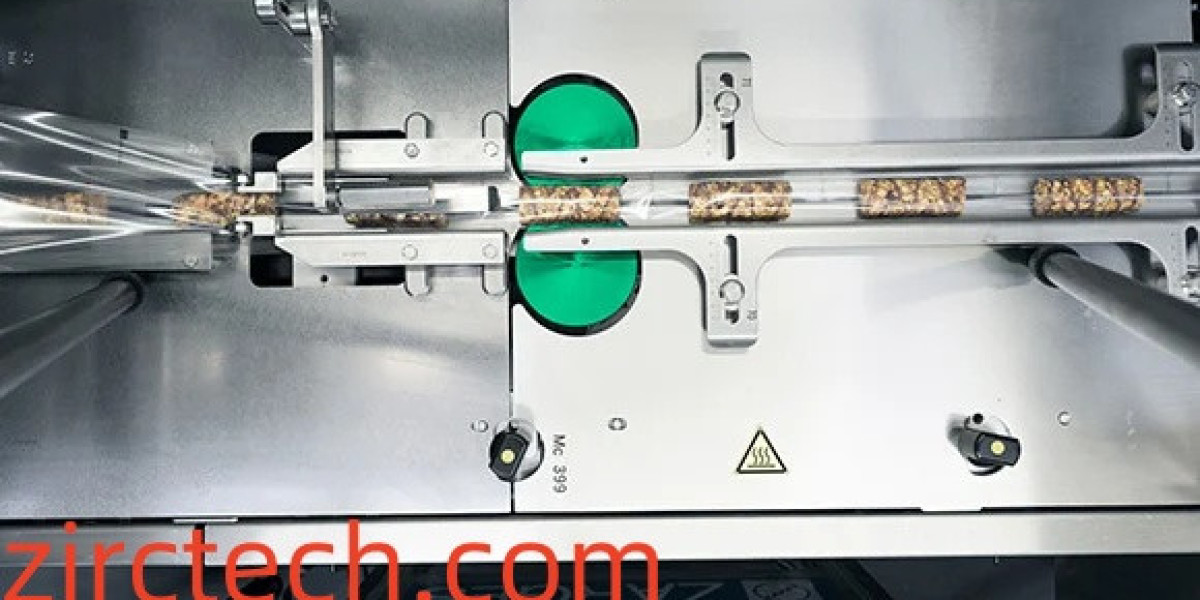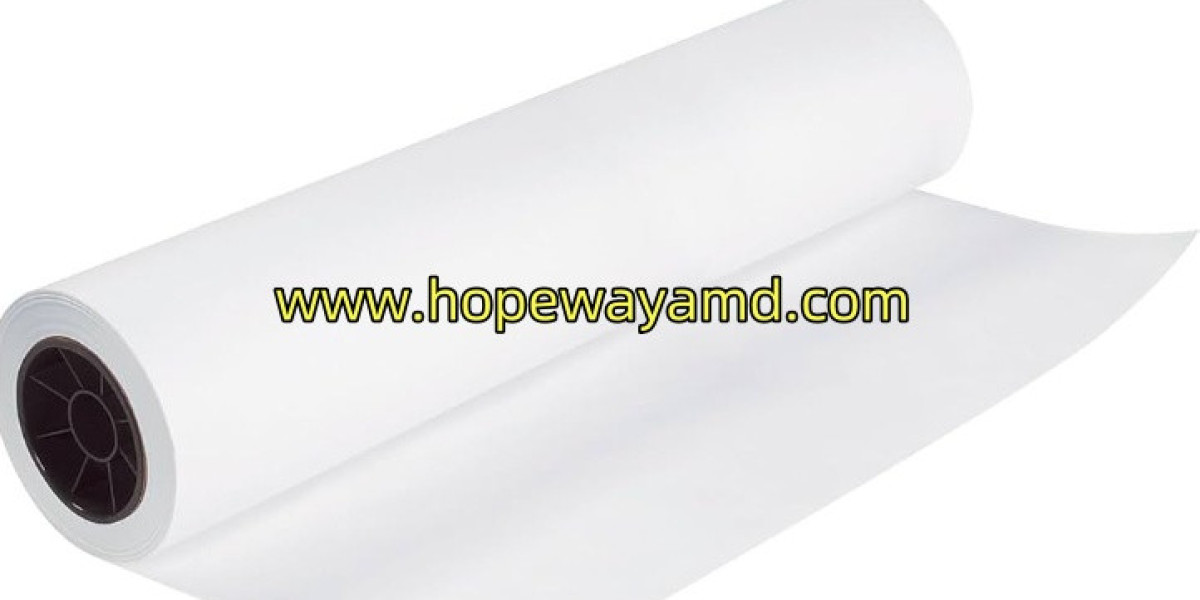When people think about online hookup ads, they often imagine a simple banner or click-through offer. But in reality, what separates a wasted budget from a successful campaign is the structure behind the ad — the conversion funnel. A funnel isn’t just marketing jargon. It’s the roadmap that takes someone from seeing your ad to actually signing up, messaging, or subscribing on the dating platform.
Without understanding funnels, many advertisers keep running in circles: clicks come in, but results don’t. That’s where breaking down conversion funnels for online hookup ads becomes essential.
Why Do Many Hookup Ads Fail?
Advertisers in this space often make the mistake of treating hookup ads like any other quick promotional banner. They expect that once the ad is live, conversions will just flow. But the reality is different:
- Poor targeting means ads show up for the wrong audience.
- Weak landing pages create a drop-off after the click.
- No nurturing makes people lose interest before completing sign-up.
Think of it like inviting someone to a party but giving them the wrong address or a broken map. They might have been interested, but they never arrive.
Funnels Are a Process, Not a Single Step
In online hookup ad campaigns, I’ve seen advertisers pour money into clicks but forget that the real win is what happens after the click. Funnels are about guiding attention. Someone who sees your ad isn’t immediately ready to create a profile or pay for a subscription. They need a path that builds curiosity, lowers hesitation, and encourages small steps toward conversion.
The Structure of a Conversion Funnel for Hookup Ads
Awareness Stage
At this stage, people first notice your online hookup ads. The goal isn’t to push them into signing up immediately but to spark curiosity. A good awareness ad focuses on:
- Highlighting excitement, fun, or community.
- Using visuals that feel authentic instead of generic stock images.
- Short, clear messages like “Meet locals tonight” or “Find matches nearby.”
This stage is about stopping the scroll.
Interest Stage
Now that attention is captured, the next step is landing pages or content that keeps them engaged. This is where many campaigns fail. If the landing page feels spammy or irrelevant, people bounce instantly. Strong interest-stage elements include:
- A clean, mobile-friendly page.
- Quick trust signals like “safe & private,” or testimonials.
- A short explanation of what they get by signing up.
Consideration Stage
Here the user is thinking, “Is this worth my time?” Your job is to reduce friction. Simple forms, clear steps, and calls-to-action like “See profiles in your area” work best. Even better if you allow partial registration — name, email, or location first — before asking for payment or details.
Conversion Stage
This is where the funnel closes. Whether it’s a free trial, paid membership, or creating a profile, the ad has done its job. Success here depends on:
- Smooth user experience (no endless forms).
- A clear offer (e.g., “Join free today”).
- Proper retargeting for those who dropped out earlier.
Where Retargeting Fits in
Not everyone converts on the first try. Retargeting ads bring them back into the funnel. Maybe they clicked but didn’t sign up — retargeting shows them reminders like, “Still looking for matches near you?” This keeps your brand in mind without being pushy.
Optimizing Funnels for Hookup Ads
- Track every step. If you don’t measure drop-offs, you’ll never know where people quit.
- Test creatives. Images and headlines often decide if someone clicks.
- Refine landing pages. Small tweaks — like fewer form fields — often double conversion rates.
- Experiment with incentives. Free trials, bonus features, or instant match previews encourage sign-ups.
A Practical Example
Imagine running an online hookup ad campaign targeting 25–35 year olds in urban areas.
- Ad creative: A fun visual with the line “Chat tonight, no waiting.”
- Landing page: Shows local profiles and promises a safe sign-up.
- Form: Asks only for email and age first.
- Conversion: User gets instant access to view members nearby.
This structure guides the person naturally from curiosity to commitment, without overwhelming them.
If you want to go deeper into how networks work in this space, exploring resources like Online Hookup Ads can be a good place to start.
Start Small and Learn
Building a funnel might sound like a big task, but it doesn’t have to be. You can start by mapping out the basic stages and creating one test campaign. With the right ad network, even small campaigns can give you enough data to adjust and improve. If you want to experiment in a low-risk way, you could create a test campaign and see how different funnels perform.
Common Funnel Mistakes to Avoid
- Sending traffic directly to sign-up forms without context.
- Using vague copy like “Join now” without showing value.
- Forgetting mobile users when most traffic comes from phones.
- Not retargeting users who drop off after clicking.
Why Funnels Are More Than Just Ads
When advertisers talk about online hookup ads, they often stop at the creative. But ads are only the entry point. The real conversion happens in the funnel. It’s like fishing: the ad is the bait, but the funnel is the line and net that bring the catch in. Without the net, the bait alone doesn’t help.
Final Thoughts
Conversion funnels are the difference between campaigns that burn through cash and campaigns that consistently bring in new sign-ups. For hookup ads, where attention is short and competition is high, having a clear funnel isn’t optional — it’s the foundation.
Think about every stage: awareness, interest, consideration, and conversion. Make each step smooth, natural, and rewarding for the user. That’s how online hookup ad campaigns turn from experiments into reliable growth machines.







